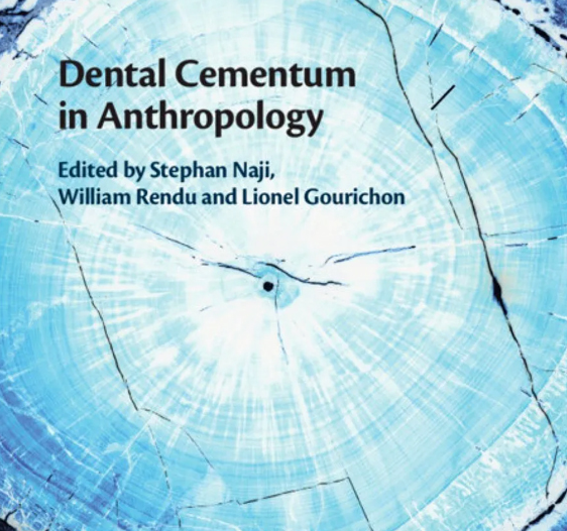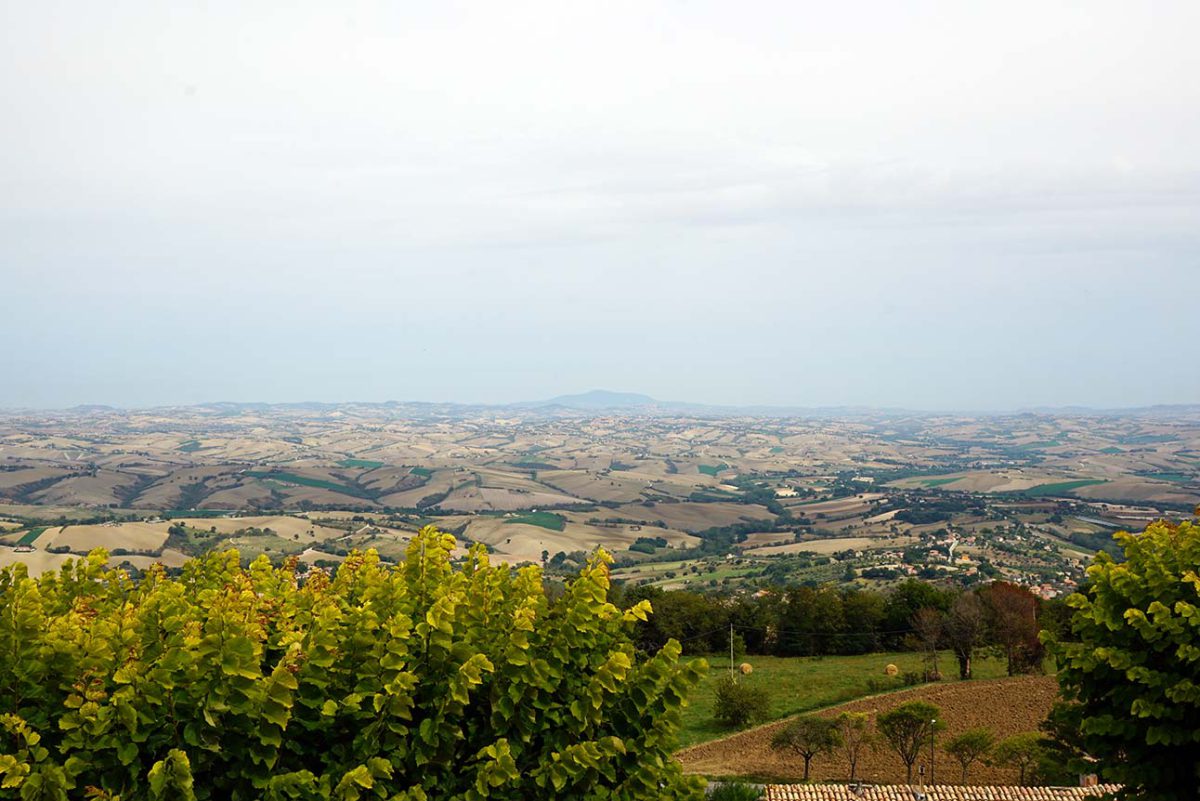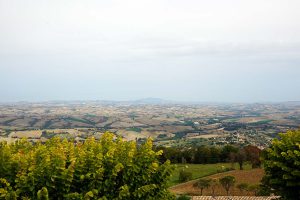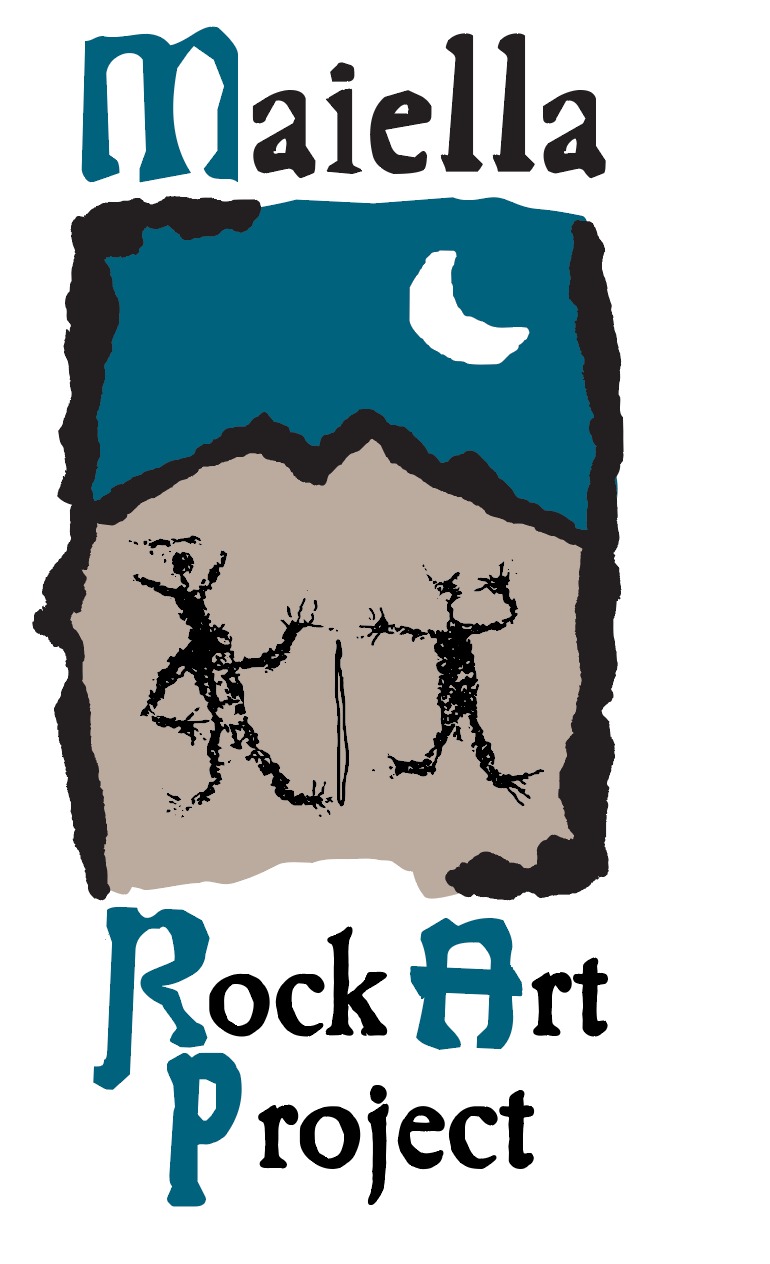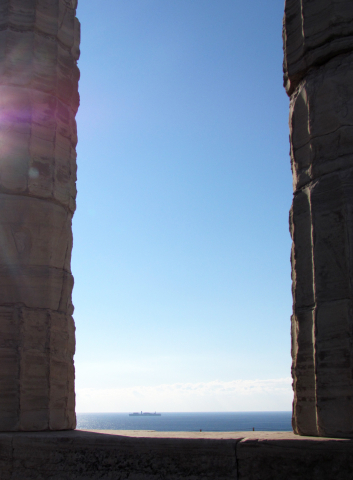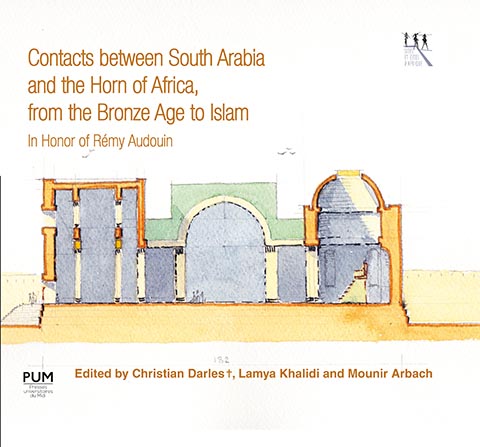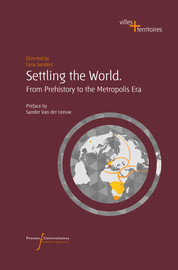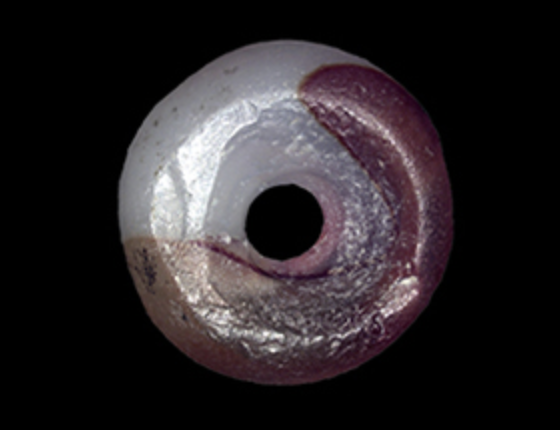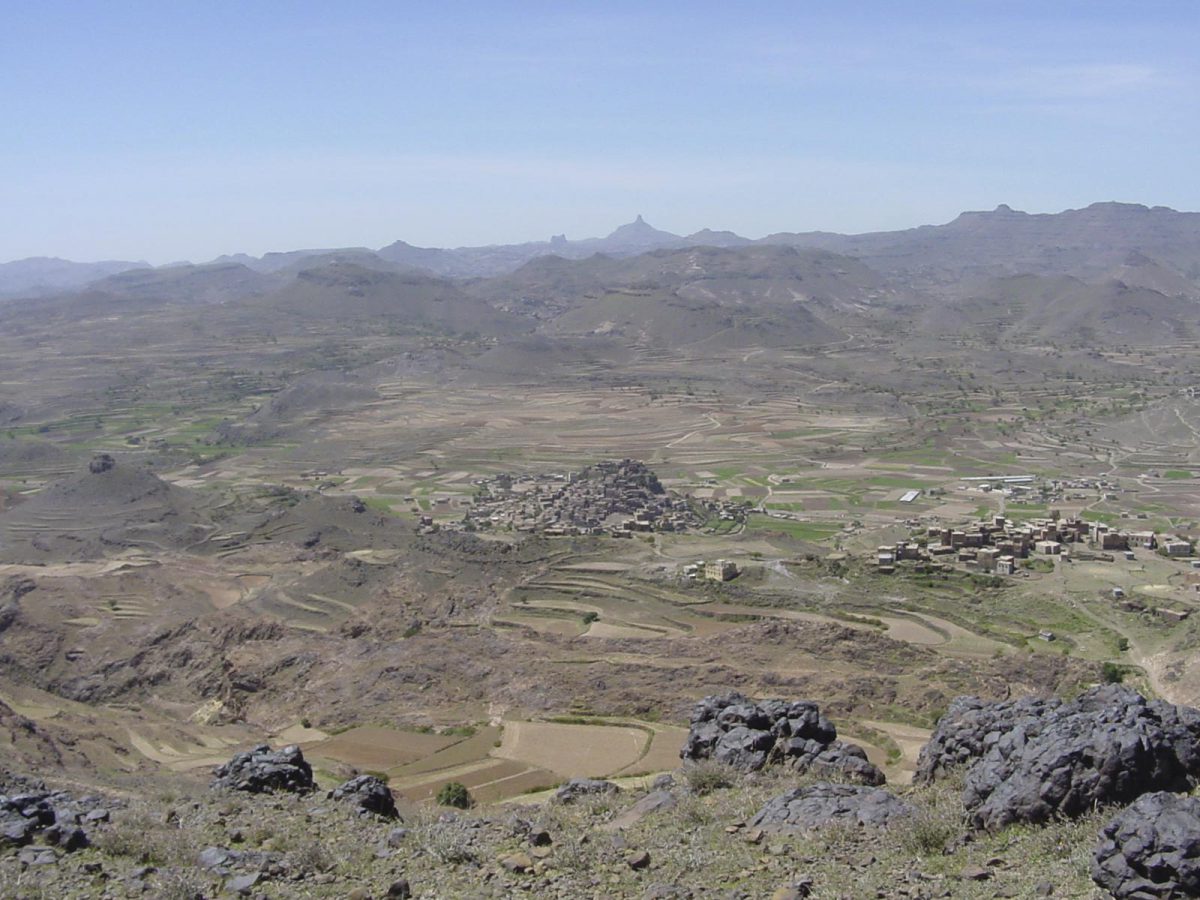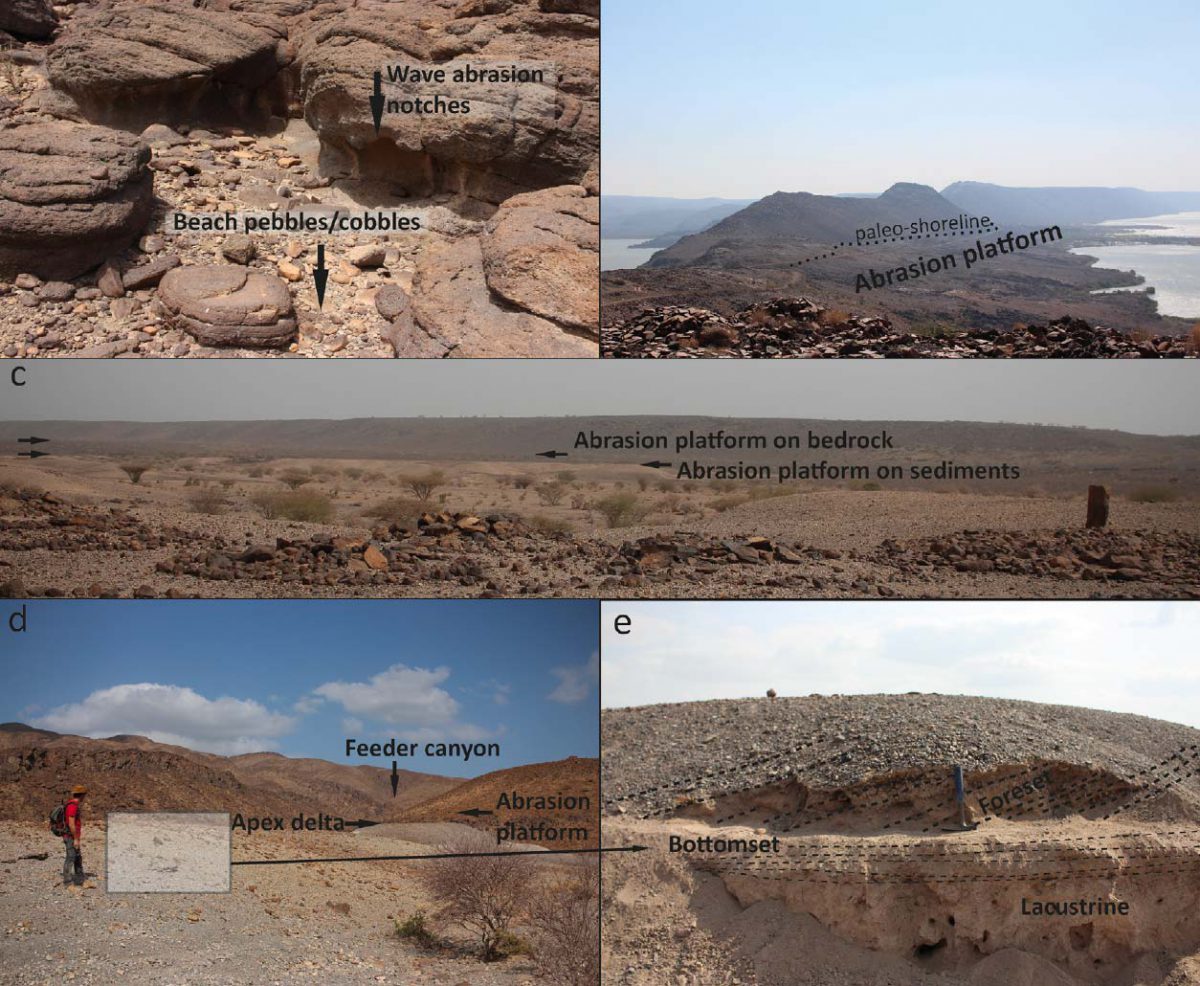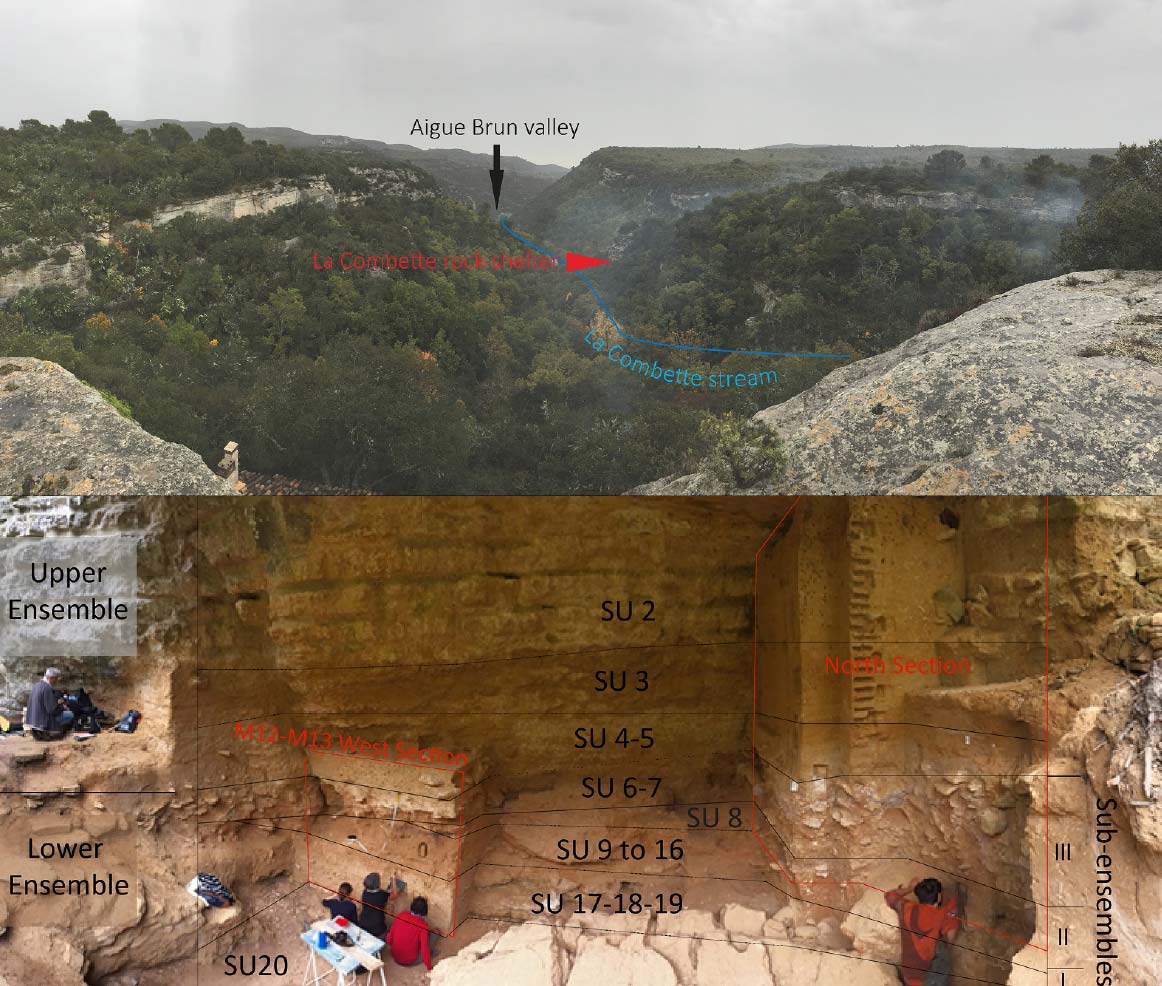Cet ouvrage collectif coordonné par Stephan Naji, William Rendu et Lionel Gourichon rassemble pour la première fois l’état des connaissances actuelles sur le cément dentaire et le formidable potentiel de la cémentochronologie dans les domaines de l’anthropologie biologique, la médecine légale, l’archéozoologie et la paléodémographie. La première section de l’ouvrage offre une riche documentation sur les mécanismes biologiques de la formation du cément et sur les facteurs internes et externes susceptibles d’influencer sa croissance ; la deuxième propose des protocoles innovants et standardisés pour estimer précisément l’âge et la saison de mort des individus à partir de l’analyse des structures incrémentielles du cément ; la troisième présente plusieurs exemples d’applications en biologie et en archéologie. Une partie de 24 contributions réunies dans ce volume sont le fruit des recherches menées par les membres du projet ANR CemeNTAA dirigé par W. Rendu (IRL ZooSCan) et L. Gourichon (CEPAM) de 2015 à 2018.
Typologie d'actualités : Publications
Article | Le Paléolithique ancien des Marches, Italie, 2021
Source : Le Paléolithique ancien des Marches (Italie) (openedition.org)
Dix ans de recherche sur et autour du gisement archéologique du Pléistocène moyen de Valle Giumentina, situé dans le Parc national de la Maiella, reconnu Géoparc UNESCO en 2021, nous ont laissé entrevoir tout le potentiel de la région des Abruzzes mais aussi de celle des Marches qui la jouxte au nord, en matière de conservation non seulement de sites du Paléolithique inférieur et moyen mais aussi d’archives sédimentaires anciennes dilatées.
Article | Géoarchéologie en contexte karstique dans la Maiella (Abruzzes, Italie, 2021)
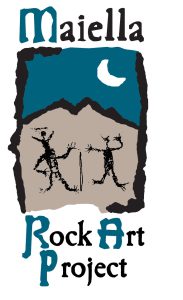 Source : Géoarchéologie en contexte karstique dans la Maiella (Abruzzes, Italie) (openedition.org)
Source : Géoarchéologie en contexte karstique dans la Maiella (Abruzzes, Italie) (openedition.org)
Un programme de recherches géoarchéologiques dans les grottes et abris du massif de la Maiella, récemment labellisé Geopark UNESCO, a été initié en 2021. Il s’agit d’une part d’identifier des indices du Paléolithique et des séquences sédimentaires du Pléistocène, et d’autre part, de mener les premières analyses non invasives des peintures rupestres du massif (datations, analyses élémentaires au spectromètre de fluorescence des rayons X).
Revue | Thalassotopies. La mer vue de la terre, la terre vue de la mer dans l’Antiquité
Source : https://journals.openedition.org/mondesanciens/
La mer est un élément omniprésent dans le paysage méditerranéen, partagé entre des montagnes et des plaines, des côtes et des îles. La mer Égée constitue un cas caractéristique du monde méditerranéen : 72 % de la péninsule grecque et des îles égéennes se trouvent au voisinage direct de la mer ou à une distance inférieure à 25 km. Cette particularité géographique a souvent été mise en avant afin de prononcer le caractère maritime des civilisations qui se sont développées dans le pourtour égéen. Or, si le paysage égéen est marqué par son aspect marin, il est aussi habituel de constater que le domaine des hommes reste la terre. Si la mer n’est jamais trop loin, elle reste un territoire non accessible aux humains, et qui nécessite des aptitudes cognitives pour le maîtriser. Diviniser la mer et tourner le dos à la mer coexistent depuis la préhistoire, et ces deux aspects contradictoires sont bien exprimés dans les registres archéologique, textuel ou ethnographique égéen.
Ce numéro des Cahiers « Mondes anciens » aspire à interroger les différentes perceptions – visuelles, cognitives ou imaginaires – du paysage marin par les civilisations protohistoriques et historiques, à décrypter le mode opératoire d’une vie maritime au-delà de la causalité géographique ou encore de la dichotomie mer/terre ou mer/homme. Les présentes contributions proposent une relecture intégrée des écosystèmes marins et des sociétés égéennes, un anthropo-écosystème dans lequel les deux constituants s’entremêlent et se fusionnent.
Les contributions issues de ce numéro ont été présentées lors de la journée d’études « Thalassotopies. La mer vue de la terre, la terre vue de la mer dans l’Antiquité » qui a eu lieu à Paris en avril 2017, avec le soutien de l’Institut d’études avancées de Paris et d’ArScAn (UMR 7041).
Ouvrage | Contacts between South Arabia and the Horn of Africa, from the Bronze Age to Islam. In Honor of Rémy Audouin
Source : http://pum.univ-tlse2.fr/~Contacts-between-South-Arabia-and~.html
N° ISBN : 978-2-8107-0726-3
PRIX : 30.00 €
Format et nombre de pages : 24 × 21 cm – 344 p.
Over the course of a millennium and a half, from the Bronze Age to the advent of Islam, the Red Sea was a threshold between the Arabian Peninsula and the Horn of Africa. From the Nile Valley to the Arabian Desert, influences, wealth, craftsmen, patterns and ideas circulated, accompanying caravans and travelers. Long-distance navigation was accompanied by cabotage from port to port demonstrating the extent to which seas are corridors rather than borders. Following the example of Abraha – a high-ranking military officer from the kingdom of Aksum on the African side of the Red Sea – who in the middle of the 6th century ruled over Yemen and extended his power over the entirety of the Arabian Peninsula, trade flowed in both directions.
The extravagant church that this Christian sovereign erected in his Yemeni capital Ṣanʿāʾ is still the subject of discussion among scholars. This book features the work of archaeologists, philologists and epigraphists, and is a rendition of the 21st Rencontres sabéennes which took place in Toulouse in 2017 and was devoted to the theme of “Relations between South Arabia and East Africa – from the Bronze Age to the advent of Islam”.
These contributions accompany a collection of moving tributes dedicated to the memory of Rémy Audouin (1935-2016) (Hommage à Rémy Audouin, Editions CEFAS 2020), who devoted his life to the archaeology of South Arabia and Ethiopia.
Ouvrage | SETTLING THE WORLD From Prehistory to the Metropolis Era
Article | Survival kit for the afterlife or instruction manual for prehistorians? Staging artefact production in Middle Neolithic cemetery Kadruka 23, Upper Nubia, Sudan
Source : https://doi.org/10.15184/aqy.2021.151
The burials at the Neolithic cemetery Kadruka 23 in Sudan have yielded adornments and bone and lithic artefacts that occur as distinct stages of the chaîne opératoire. This article reports on a hitherto unrecognised funerary practice that highlights the importance of craftsmanship for Neolithic communities in life and beyond.
Chapitre | Tracing prehistory in highland Yemen: contributions of the Dhamar Survey Project in light of new discoveries in Arabia
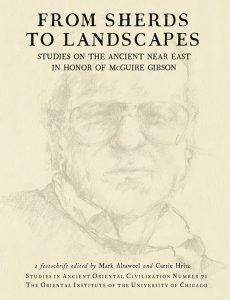 Since at least the 1970s, McGuire Gibson recognized the unique potential for archaeological research in highland Yemen to reveal key insights into Arabian prehistory. At that time, southwest Arabia was considered by most to be peripheral to cultural developments in better-known parts of the early ancient Near East. A series of research projects in the region have since shown that Gibson’s early assessment was astute. This chapter briefly reviews the current state of research on the prehistory and paleoecology of highland Yemen, with special attention to the contributions of the Dhamar Survey Project, which was cofounded by McGuire Gibson and Tony Wilkinson. We then situate the evidence for prehistoric highland Yemen in the context of contemporary research questions across Arabia and the wider region.
Since at least the 1970s, McGuire Gibson recognized the unique potential for archaeological research in highland Yemen to reveal key insights into Arabian prehistory. At that time, southwest Arabia was considered by most to be peripheral to cultural developments in better-known parts of the early ancient Near East. A series of research projects in the region have since shown that Gibson’s early assessment was astute. This chapter briefly reviews the current state of research on the prehistory and paleoecology of highland Yemen, with special attention to the contributions of the Dhamar Survey Project, which was cofounded by McGuire Gibson and Tony Wilkinson. We then situate the evidence for prehistoric highland Yemen in the context of contemporary research questions across Arabia and the wider region.
Article | Holocene East African monsoonal variations recorded in wave-dominated clastic paleo-shorelines of Lake Abhe, Central Afar region (Ethiopia & Djibouti)
Source : https://doi.org/10.1016/j.geomorph.2021.107896
Abstract
In tropical Africa, Late Pleistocene-Holocene climatic fluctuations heavily impacted the continental hydro-systems. The timing and magnitude of ‘African Humid Period’ hydrological dynamics (AHP; ~14.8 to ~5.5 ka BP) are not yet fully understood due to the extreme variability in African geomorphic patterns and the complex network of past air convergence boundary shifts. The investigation of the functioning of specific hydro-sedimentary basins is needed to improve our knowledge on the AHP spatial and chronological patterns over the continent. In this paper we present a revised Holocene lake level curve of Lake Abhe: an endorheic basin situated in the Afar Depression at the northern extremity of the East African Rift System (EARS). Located at the boundary of the Red Sea and the Indian and Atlantic Oceans’ air moisture mass fluxes, the Lake Abhe watershed represents a system sensitive to changes in Northeast African hydro-climate. Based on numerous littoral lacustrine geomorphic features and 53 related radiocarbon ages on stromatolites and nearshore deposits, we have defined the main Holocene lake highstands proposing a detailed paleo-shoreline record. The first rise in water level is dated to ~11.1 ka cal. BP, while the Maximal Holocene Highstand Shoreline (~420 m a.s.l.) was rapidly reached around ~10 ka cal. BP. Evidence of the impact of the 8.2 ka North Atlantic cooling event is recognized with slow lake level regression until ~8.3 ka cal. BP and with an abrupt drop at ~8 ka cal. BP. The resurgence of humid conditions was recorded from ~7.7 ka cal. BP to ~4.6 ka cal. BP. Radiocarbon ages on littoral materials allow us to propose a Holocene subsidence rate of the Abhe basin axial valley. Furthermore, multiphase sill overflow incisions towards the downstream Hanle basin and transient fluvial connectivity with the upstream Ziway-Shala basin, indicate strong geomorphic controls on lake highstand elevations. In summary, Lake Abhe Holocene fluctuations are the result of combined hydro-climatic, tectonic and local geomorphic controls. However, the confrontation with others East African basins allows us to discuss the transport of moisture masses dynamics into the northern EARS during the Holocene.
Article | Sedimentary processes and palaeoenvironments from La Combette sequence (southeastern France): climatic insights on the Last Interglacial/Glacial transition
Source : https://doi.org/10.1016/j.palaeo.2021.110503
Abstract
During the Last Interglacial-Early Glacial transition (MIS5-MIS4; ~73 ka), substantial hydroclimatic changes affected morphogenetic processes, landformdynamics, and ecosystem variability over the Mediterranean sub-alpine valleys. This transition is mainly preserved in the northern Mediterranean region in continuous marine, lacustrine, and peat bog archives. To understand better local-to-regional hydro-sedimentary processes, their climatic significance, and their direct impact on prehistoric settlements, this manuscript reinvestigates a known continental sedimentary record with revised methods. The Middle Palaeolithic site of La Combette in the western Provence region (southeastern France) presents a thick sedimentary key sequence for studying environmental changes from the MIS5 to the MIS3. A review of previous studies with the integration of new micromorphological, sedimentological, physicochemical, malacological, and luminescence ages allows us to characterize the sedimentary processes and environmental patterns during this major climatic transition. Alternating warm and cold conditions and shifting vegetation patterns reflect the strong environmental instability of the end of the Last Interglacial Period. The emergence of a steppe-like ecology dominated by cryo-turbated loess deposition marks the beginning of the Early Würmian Glacial period (MIS4-MIS3; ~73 ka to ~50 ka), contemporaneous with the last Neanderthal occupation at La Combette rock shelter. Comparisons with regional palaeoclimatic data allow us to detail local climatic settings and provide evidence of divergences with larger-scale quantitative reconstructions during a period of significant environmental and socio-cultural shifts.


